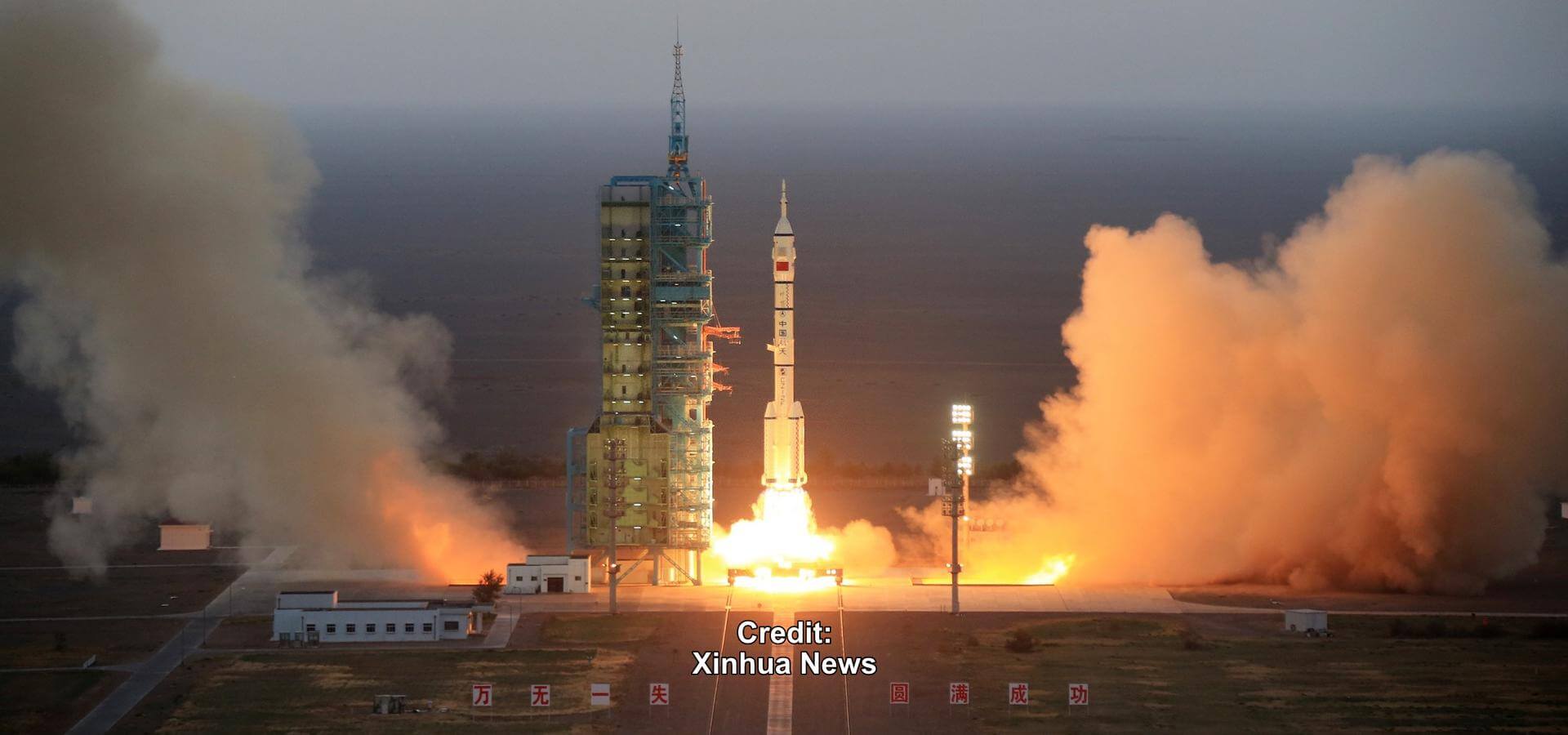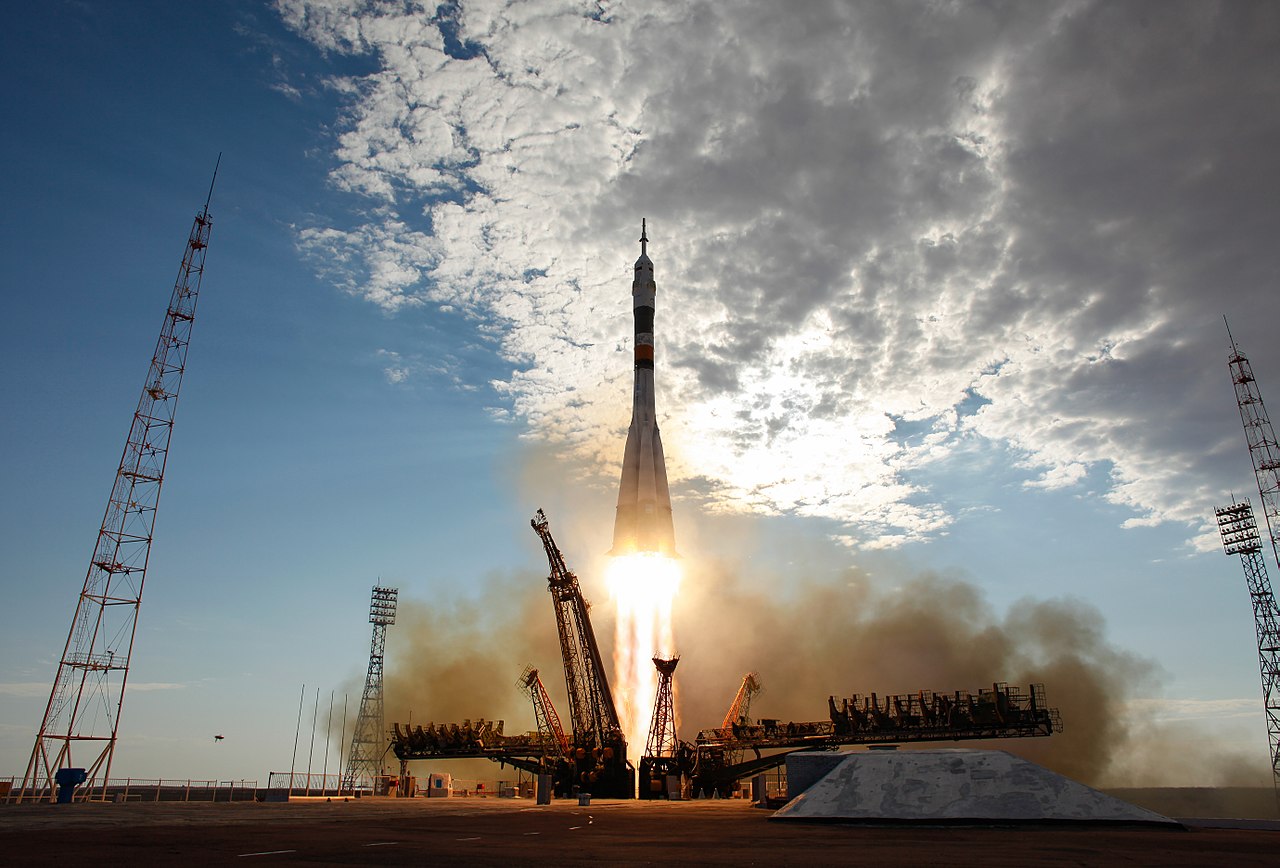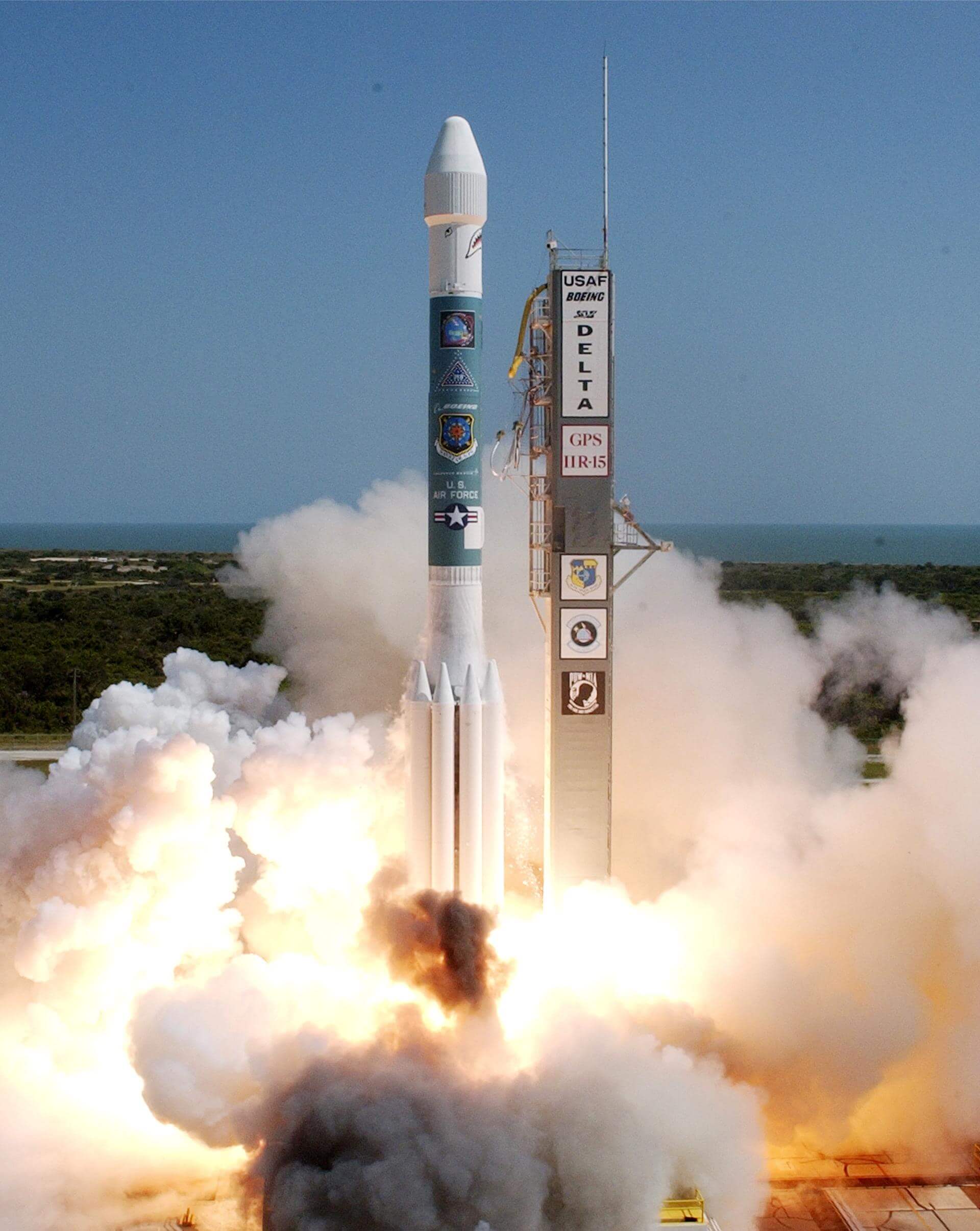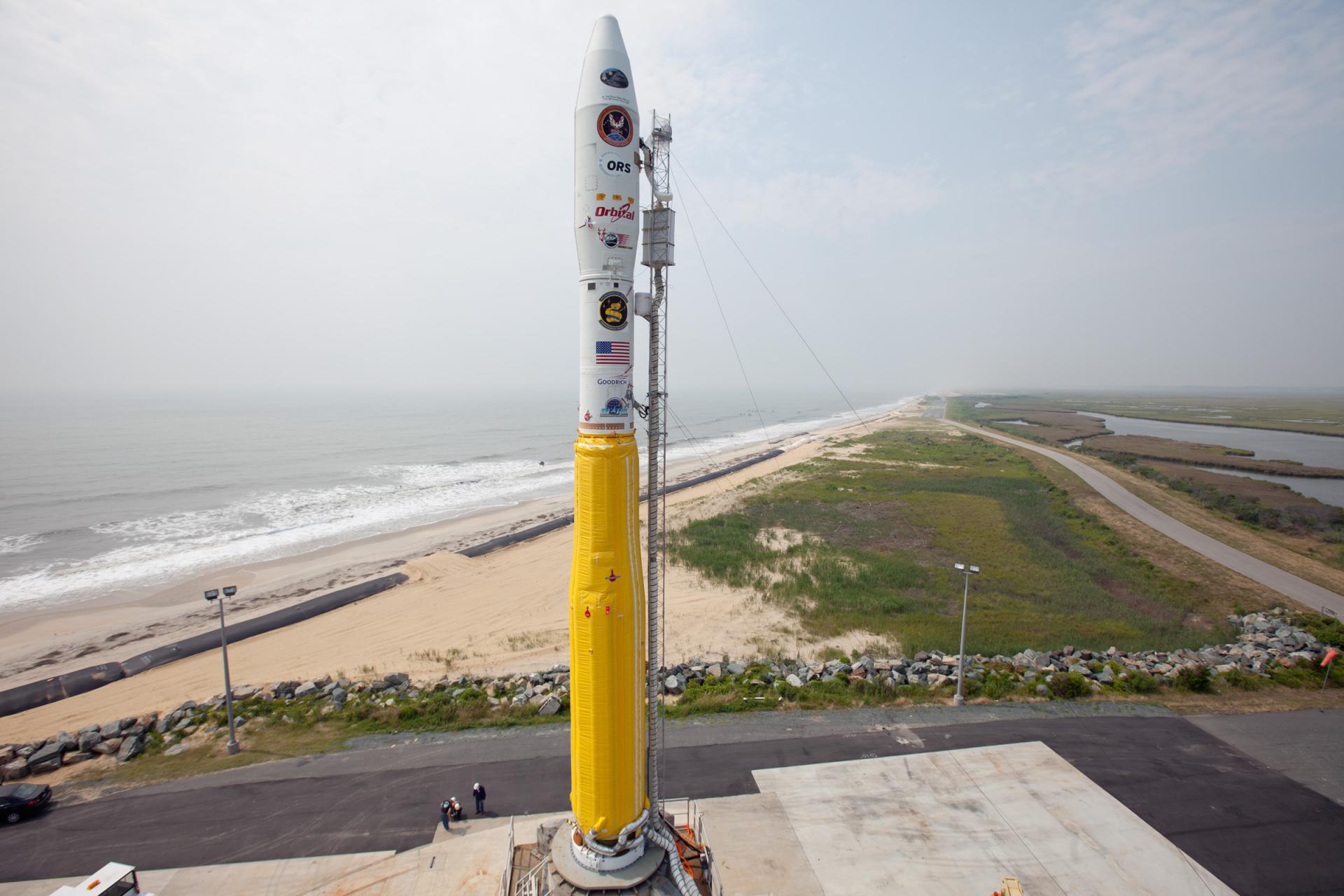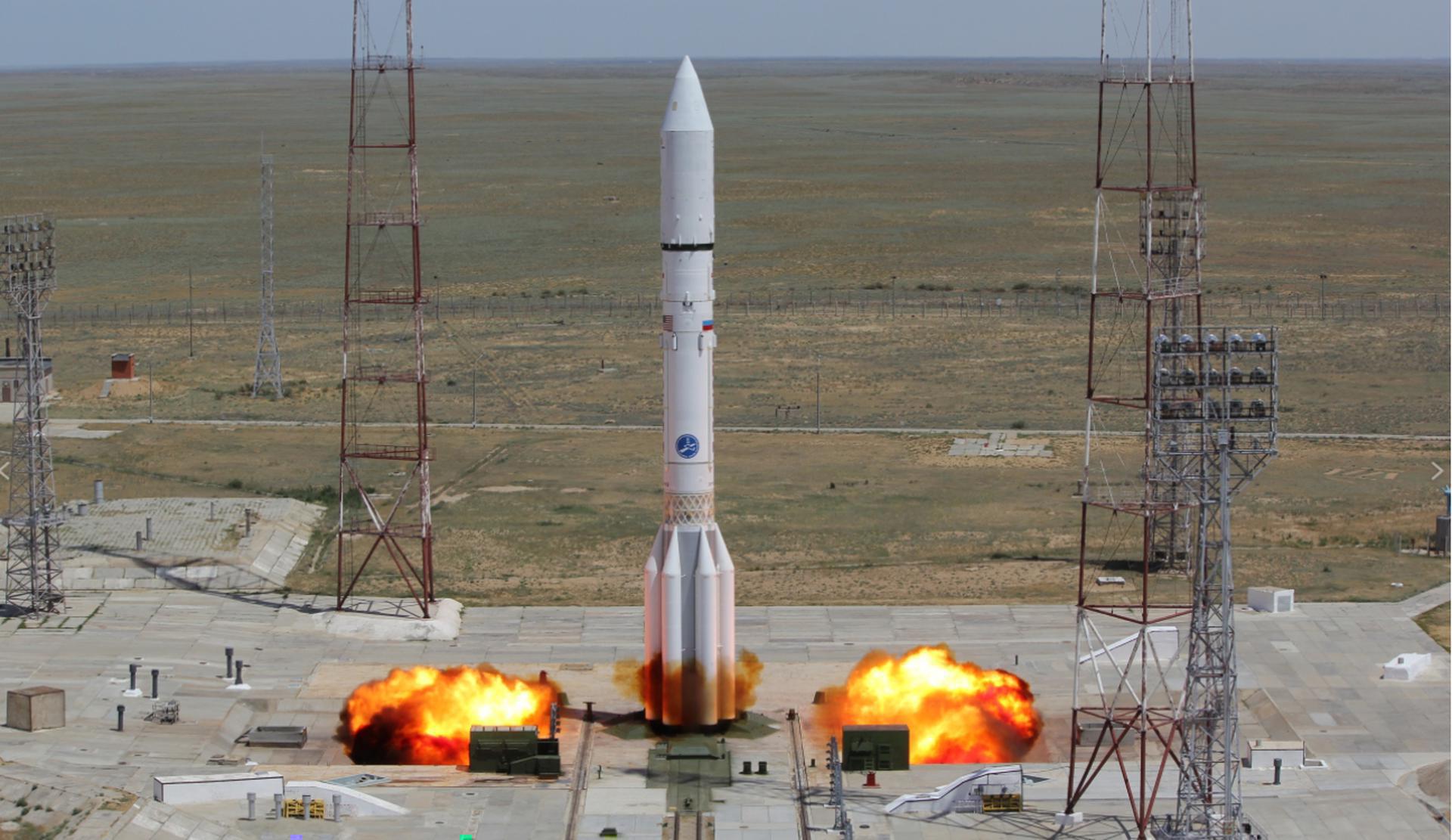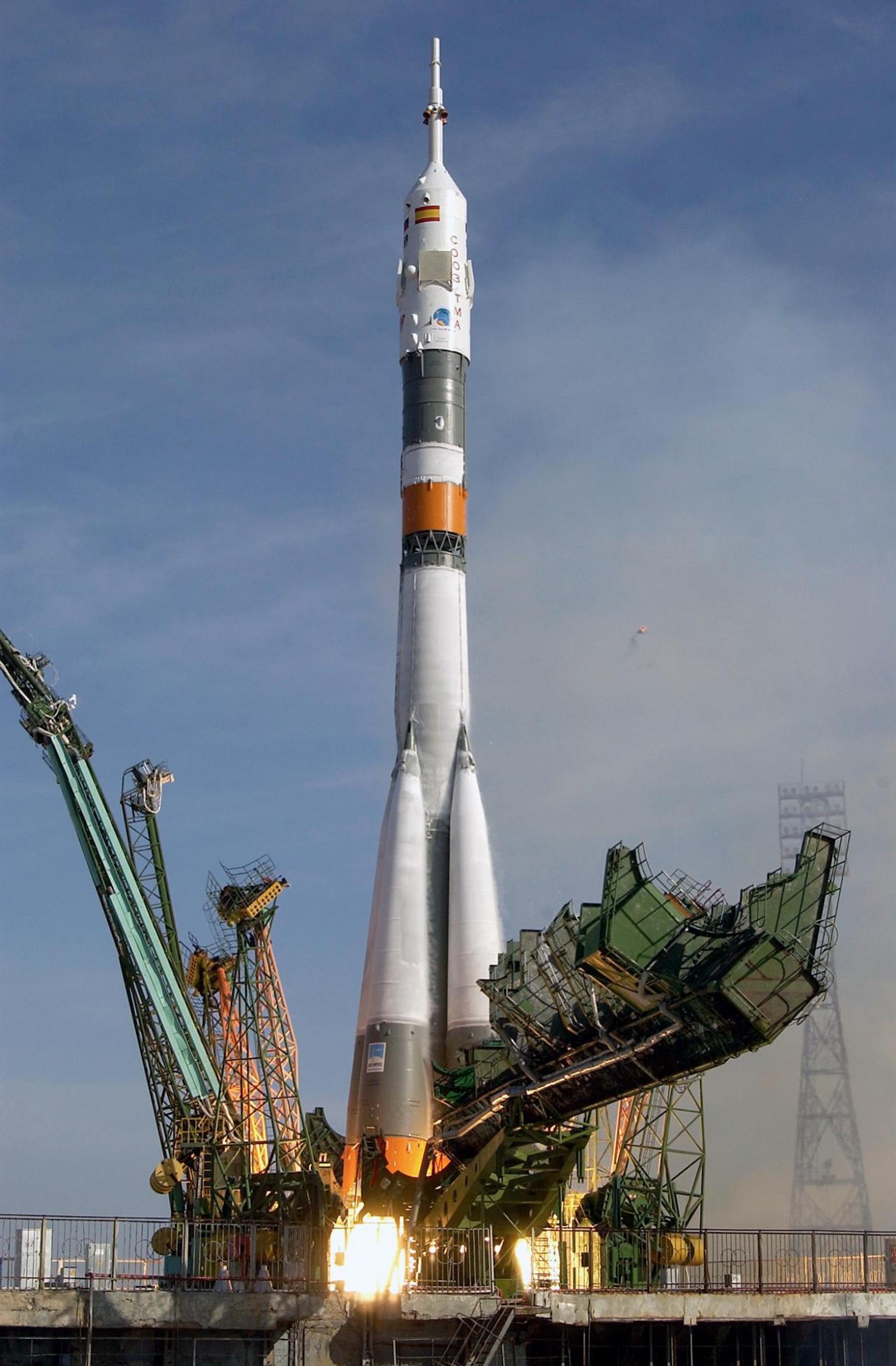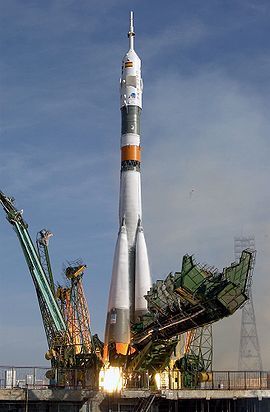Previous Spaceflight Launches
Filter by Agency, Locations or Vehicles
Show All LaunchesTitan 404B | NROL-20
Lockheed Martin | United States of AmericaVandenberg SFB, CA, USA
Oct. 19, 2005, 6:05 p.m.
Ariane 5 GS | Syracuse 3A & Galaxy 15
ArianeGroup | FranceGuiana Space Centre, French Guiana
Oct. 13, 2005, 10:32 p.m.
Long March 2F | Shenzhou-6
China Aerospace Science and Technology Corporation | ChinaJiuquan Satellite Launch Center, People's Republic of China
Oct. 12, 2005, 1 a.m.
Status: Launch Successful
Mission:
This is the second crewed mission for China's Shenzhou program. Shenzhou-6 began its mission by carrying astronauts Fei Junlong and Nie Haisheng into low Earth orbit. During their mission, astronauts conducted scientific experiments, which mainly had to do with how human body responds to spaceflight. After almost 5 days in orbit Shenzhou-6 deorbited and landed back safely on Earth on 16 October.
Low Earth OrbitRokot / Briz-KM | CRYOSAT
Russian Aerospace Defence Forces | RussiaPlesetsk Cosmodrome, Russian Federation
Oct. 8, 2005, 3:02 p.m.
Status: Launch Failure
Mission:
CryoSat-1 was launched from the Plesetsk Cosmodrome in Russia on October 8, 2005, using a Rockot launcher. (Rockot is a modified SS-19 rocket which was originally an ICBM designed to deliver nuclear weapons, but which Russia is now eliminating in accordance with the START treaties.) According to Mr. Yuri Bakhvalov, First Deputy Director General of the Khrunichev Space Centre, when the automatic command to switch off the second stage engine did not take effect, the second stage continued to operate until it ran out of fuel and as a consequence the planned separation of the third (Breeze-KM) stage of the rocket which carried the CryoSat satellite did not take place, and would thus have remained attached to the second stage. The upper rocket stages, together with the satellite, probably crashed in the Lincoln Sea. Analysis of the error revealed that it was caused by faults in the programming of the rocket, which had not been detected in simulations.
Low Earth OrbitSoyuz-FG | Soyuz TMA-7
Progress Rocket Space Center | RussiaBaikonur Cosmodrome, Republic of Kazakhstan
Oct. 1, 2005, 3:54 a.m.
Status: Launch Successful
Mission:
Soyuz TMA-7 begins Expedition 12 by carrying 3 astronauts and cosmonauts to the International Space Station. Russian Commander, cosmonaut Valery Tokarev alongside Flight Engineers, William McArthur (NASA) & spaceflight participant Gregory Olsen (Space Adventures) will launch aboard the Soyuz spacecraft from the Baikonur Cosmodrome in Kazakhstan and then rendezvous with the station. It landed on April 8, 2006, 23:48:00 UTC
Low Earth OrbitDelta II | GPS IIR-14(M)
United Launch Alliance | United States of AmericaCape Canaveral SFS, FL, USA
Sept. 26, 2005, 3:37 a.m.
Status: Launch Successful
Mission:
The GPS-IIR replenishment satellites are produced by General Electric Astrospace (later Martin Marietta and Lockheed Missiles & Space) under a contract issued in 1989, which included 21 satellites based on the commercial AS-4000 bus. These provided improved navigation accuracy and longer autonomous satellite operation than earlier model GPS satellites. The satellites were three-axis stabilized and operated at downlink frequencies of 1572.42 MHz and 1227.6 MHz (L-Band) and 2227.5 MHz (S-Band). Lockheed was responsible for launch and flight operations support of the GPS-IIR through 2006.
Medium Earth OrbitMinotaur I | STP-R1
Orbital Sciences Corporation | United States of AmericaVandenberg SFB, CA, USA
Sept. 23, 2005, 2:24 a.m.
Proton-M Briz-M | Anik F1R
Khrunichev State Research and Production Space Center | RussiaBaikonur Cosmodrome, Republic of Kazakhstan
Sept. 8, 2005, 9:53 p.m.
Status: Launch Successful
Mission:
It carried a 24 C-band and 32 Ku-band transponders. Anik F1R has a design life of 15 years. In addition, a Wide Area Augmentation System (WAAS-GEO 4) navigation package operating in C-band for uplink and L-band for downlink provides precision Global Positioning System-based guidance information to aircraft.
Geostationary OrbitSoyuz U | Progress M-54
Russian Federal Space Agency (ROSCOSMOS) | RussiaBaikonur Cosmodrome, Republic of Kazakhstan
Sept. 8, 2005, 1:07 p.m.
Soyuz-U-PVB | Yantar-1KFT 21
Progress Rocket Space Center | RussiaBaikonur Cosmodrome, Republic of Kazakhstan
Sept. 2, 2005, 9:50 a.m.


